Tutorials
An Introduction to Quantum Mechanics
If you are new to Quantum Mechanics read this introduction to become familiar with the main concepts and keywords. It provides the basic understanding to use SigSpace.
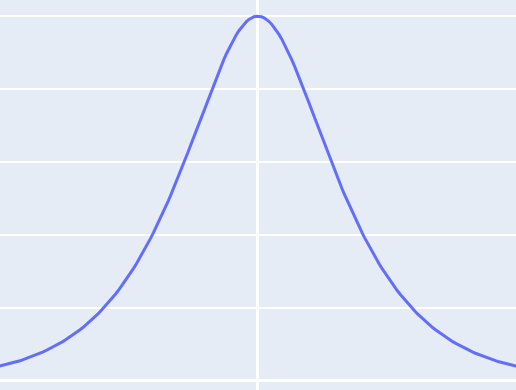
How to model quantum wells
Learn how to calculate the ground state of quantum wells and explore how the wave function changes across various box potentials.
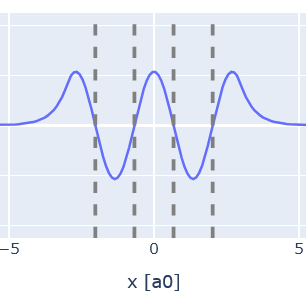
How to calculate excited states
The SigSpace solver is used to calculate the excited states of a wave function.
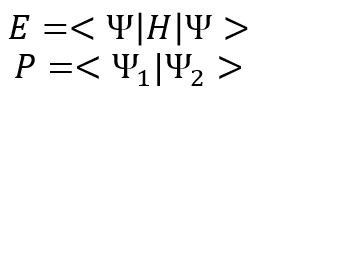
How to use the bra-ket notation with SigSpace
The bra-ket notation (also known as Dirac notation) is introduced and applied to quantum states.
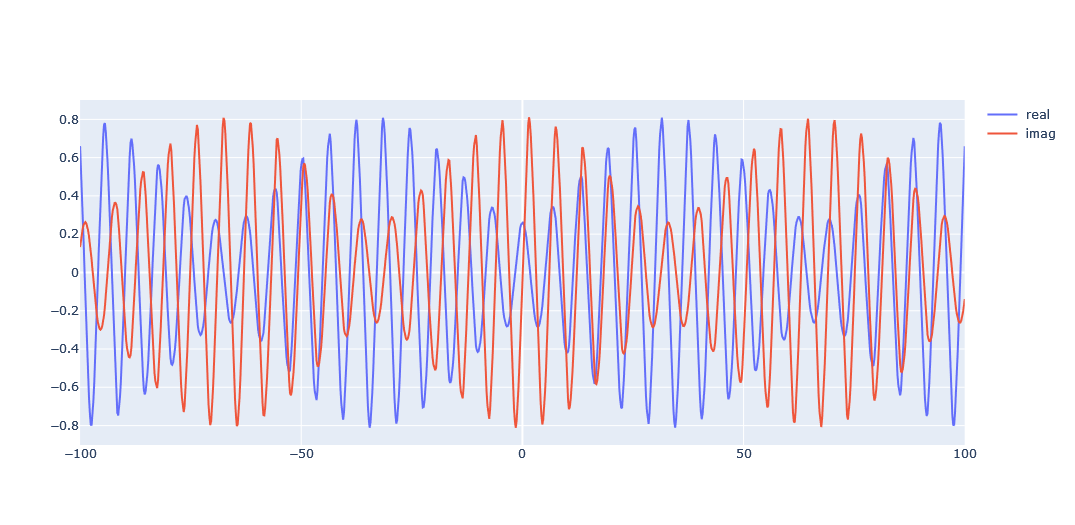
Understand and calculate Bloch functions
Bloch's theorem is explained and applied to calculate wave functions in periodic potentials.
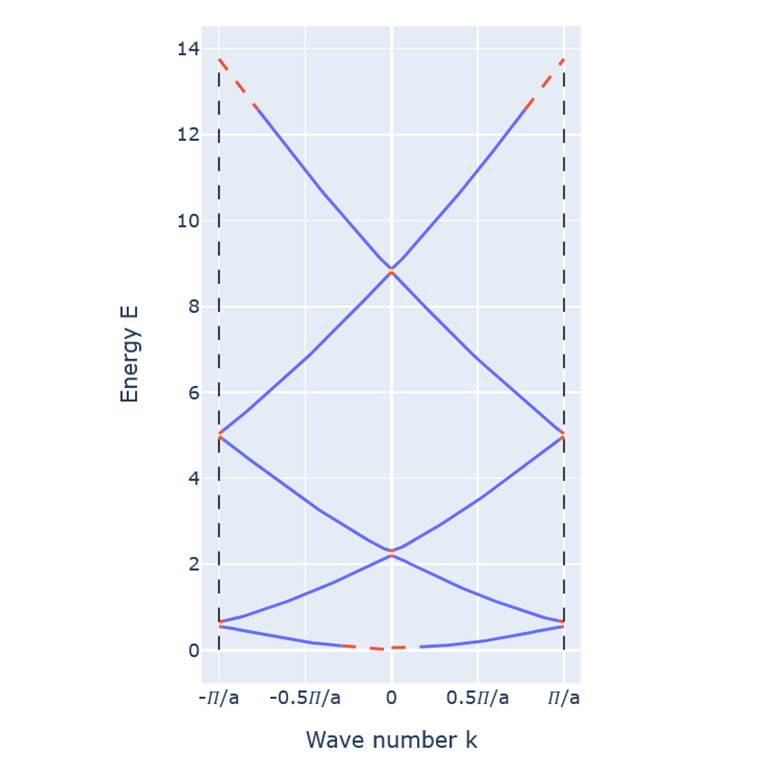
Calculate Brillouin diagram for a periodic potential
The dispersion relation of a periodic potential is calculated and used to construct a Brillouin diagram.
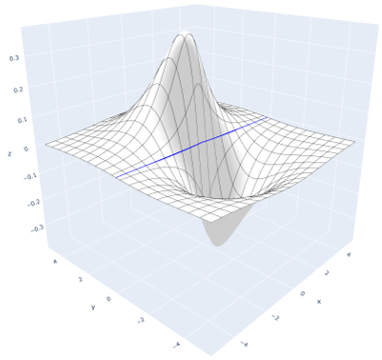
Node Shapes in Two-Dimensions
How to determine the shape and position of nodes in two-dimensional problems.
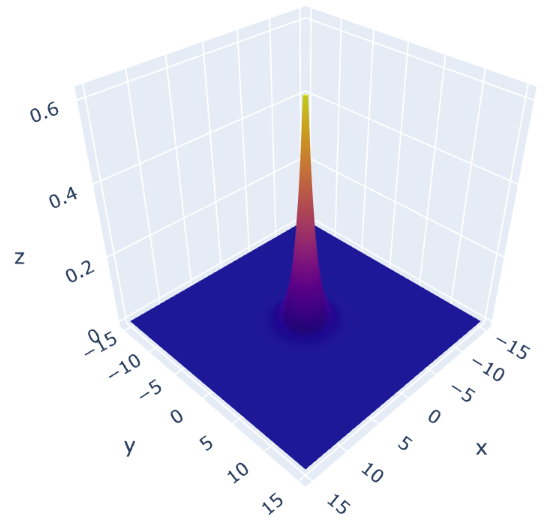
How to calculate atomic potentials in SigSpace
How to minimize numerical errors when calculating wave functions of atoms.
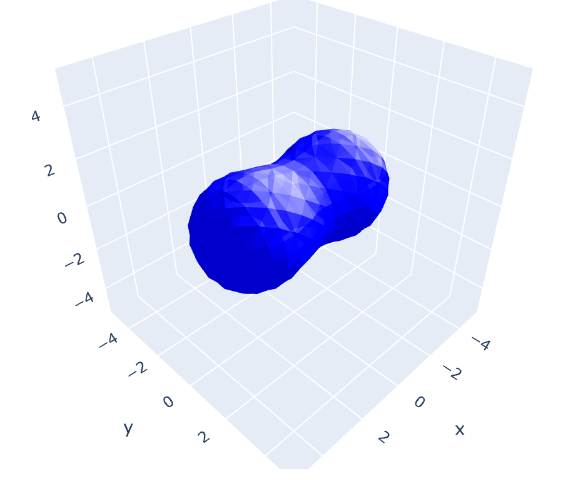
Calculate an ionized hydrogen molecule
Calculate binding length and energy of an ionized hydrogen molecule.